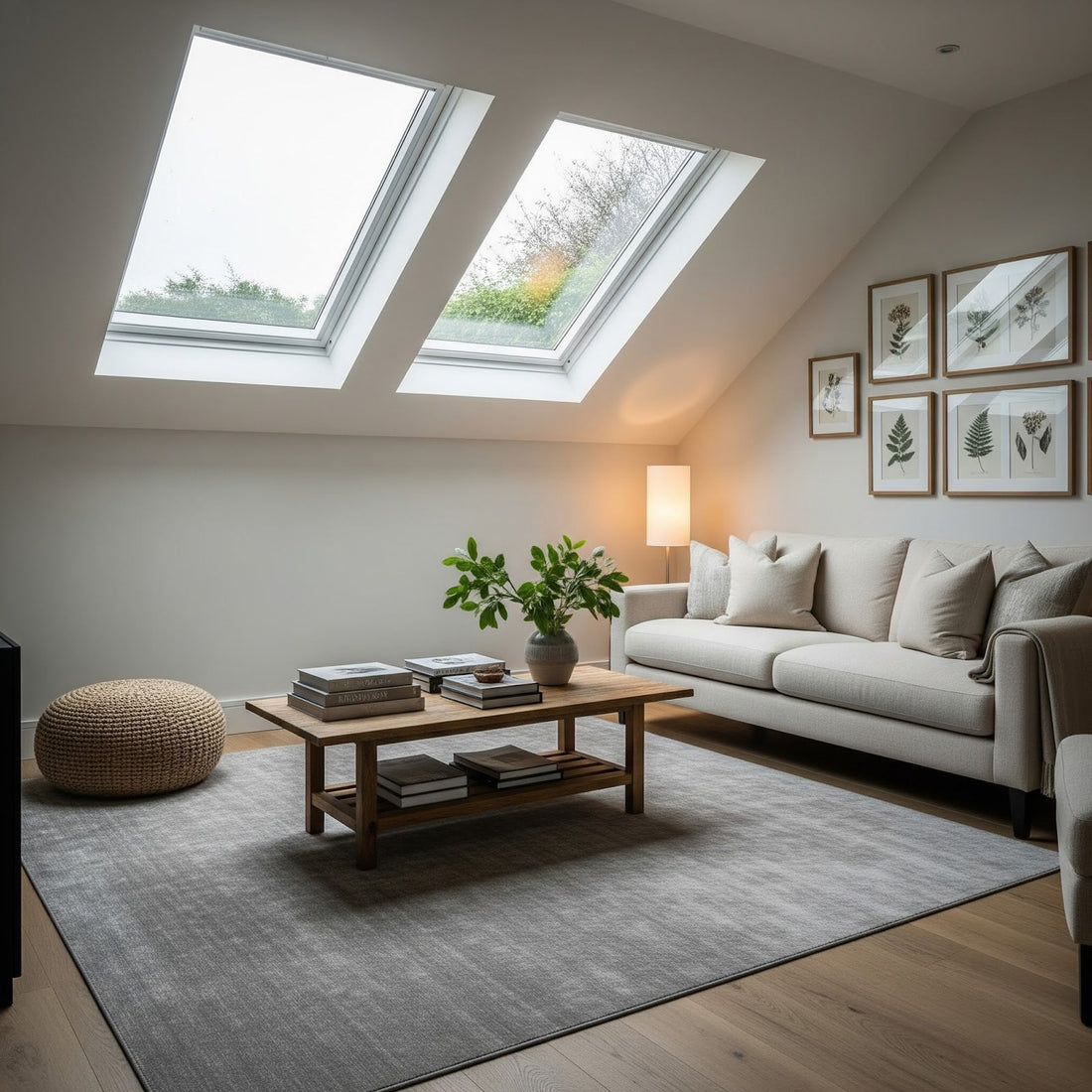
The Ultimate Guide to Skylights in 2025 – Benefits, Installation, Costs, and Top Recommendations
Brightening your home with natural light has never been more appealing, especially with 2025 trends emphasizing energy-efficient and smart home integrations. As experts at Roofing4US, we offer premium skylights for homeowners, DIYers, and contractors alike. This refined guide builds on the latest insights, incorporating costs, emerging trends, and brand comparisons to help you decide. We'll explore skylight types, benefits, selection tips, detailed installation, maintenance, costs, and our top products—making this one of the most thorough resources available.
Types of Skylights: From Basic to Advanced Options
Skylights vary widely to suit different roofs and needs. Here's a breakdown of popular types in 2025:
-
Fixed Skylights: Non-opening for pure light; ideal for energy savings.
-
Vented Skylights: Open for airflow; great for bathroom skylights to combat moisture.
-
Tubular Skylights: Compact tubes for small spaces; low-cost and easy install.
-
Domed/Polycarbonate Skylights: Impact-resistant; perfect for hail-prone areas.
-
Smart Skylights: New in 2025, with app-controlled shades and UV sensors (e.g., integrations like Velux Active).
Compare brands: Velux leads in smart tech, while Fakro offers affordable domed and skylight options. Also our Sun-Tek polycarbonate skylights provide shatterproof durability at competitive prices.
Key Benefits of Skylights in 2025
Skylights deliver more than light—they align with sustainable living trends:
-
Natural Illumination: Up to 30% more daylight, reducing electric use by 10-20% (per ENERGY STAR data).
-
Energy Efficiency: Low-E coatings block UV, cutting cooling costs; pair with insulation from Insulation4US for optimal results.
-
Health Boost: Improves mood and vitamin D; vented models enhance ventilation.
-
Home Value: Adds 50-70% ROI; smart features appeal to modern buyers.
-
2025 Trends: Solar-powered models qualify for 30% federal tax credits, promoting eco-friendliness.
For contractors, skylights differentiate projects; DIYers love the space-expanding effect in kitchens or attics.
How to Choose the Best Skylight: Size, Material, and Trends
Use a skylight size chart (e.g., 5-10% of room area) for optimal light. Materials: Glass for clarity, polycarbonate for toughness.
Factors:
-
Roof type (sloped vs. flat).
-
Climate (UV-blocking for sunny areas).
-
Budget (see costs below).
2025 picks: Our Sun-Tek acrylic domed skylights for aesthetics; tubular kits for quick installs. Compared to Velux they offer better smart features, but Sun-Tek or Fakro offer better value for basic needs.
Step-by-Step Skylight Installation: DIY and Pro Tips
Follow this guide for leak-free results; always check codes.
-
Measure and Plan: Use skylight size chart; avoid valleys.
-
Tools Needed: Saw, flashing, sealant.
-
Cut Opening: From interior, then roof.
-
Frame and Flash: Secure curb; apply ice shield.
-
Mount Unit: Fasten and seal.
-
Insulate: Use foam from Insulation4US.
-
Finish and Test: Trim interior; check leaks.
DIY: Tubular models take 2-4 hours to install. Contractors: Option to integrate with roof vents for airflow.
Maintenance, Troubleshooting, and 2025 Costs
Clean annually; inspect seals biannually. Fix leaks with silicone; combat condensation via ventilation.
Costs: $1,000-$2,500 average (per 2025 estimates), including $500-$1,000 for install. Tubular: $300-$800; smart: $1,500+. Tax credits offset 30%.
Pros/Cons: Pros include light and savings; cons like potential leaks (mitigated by pros).
FAQ: Common Skylight Questions
-
Worth it? Yes, for energy and value.
-
Best brands? Velux for tech; Sun-Tek / Fakro for affordability.
-
Leaks? Rare with proper install.
Explore our skylights collection or insulation options today!

 Rated Excellent
Rated Excellent